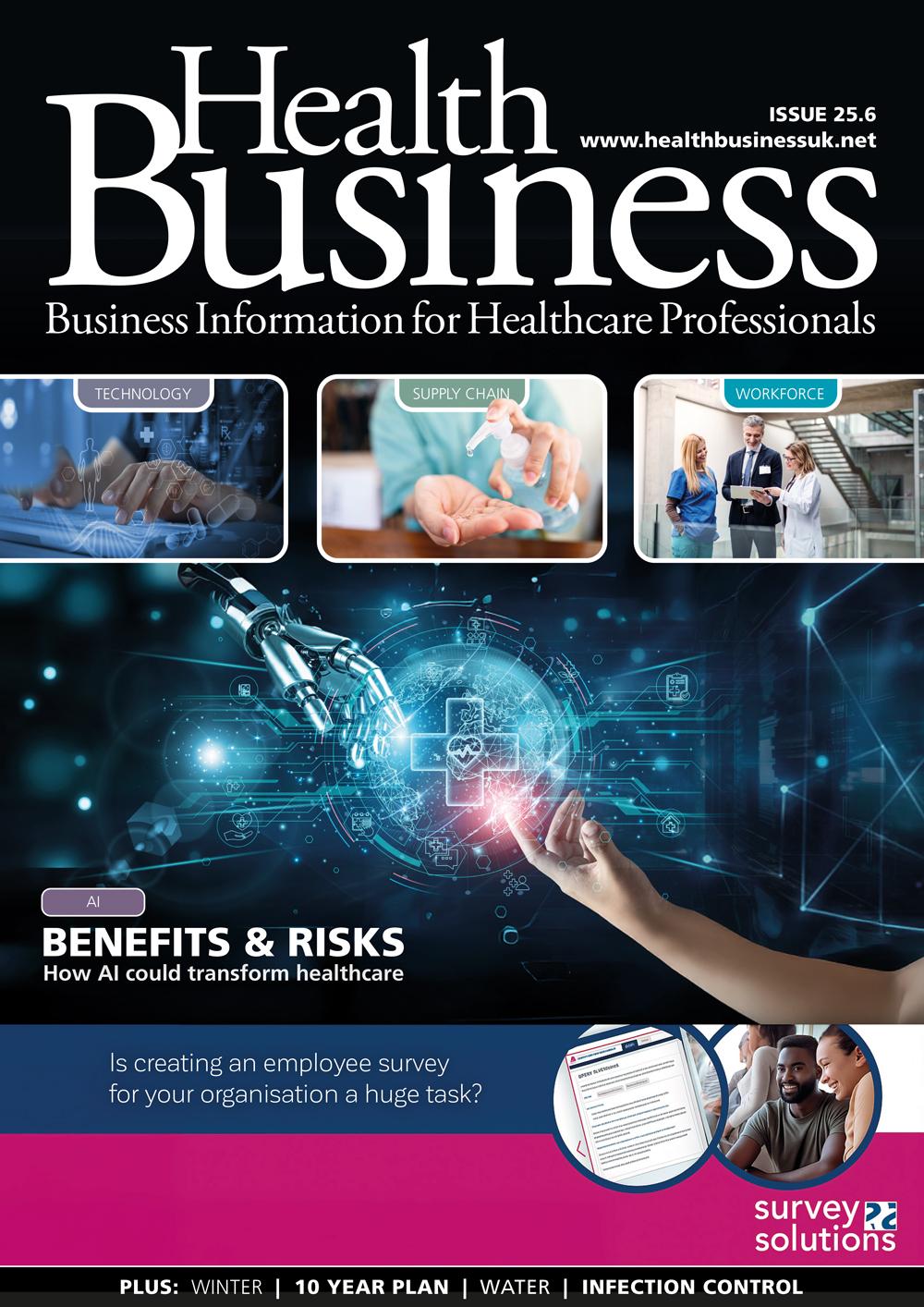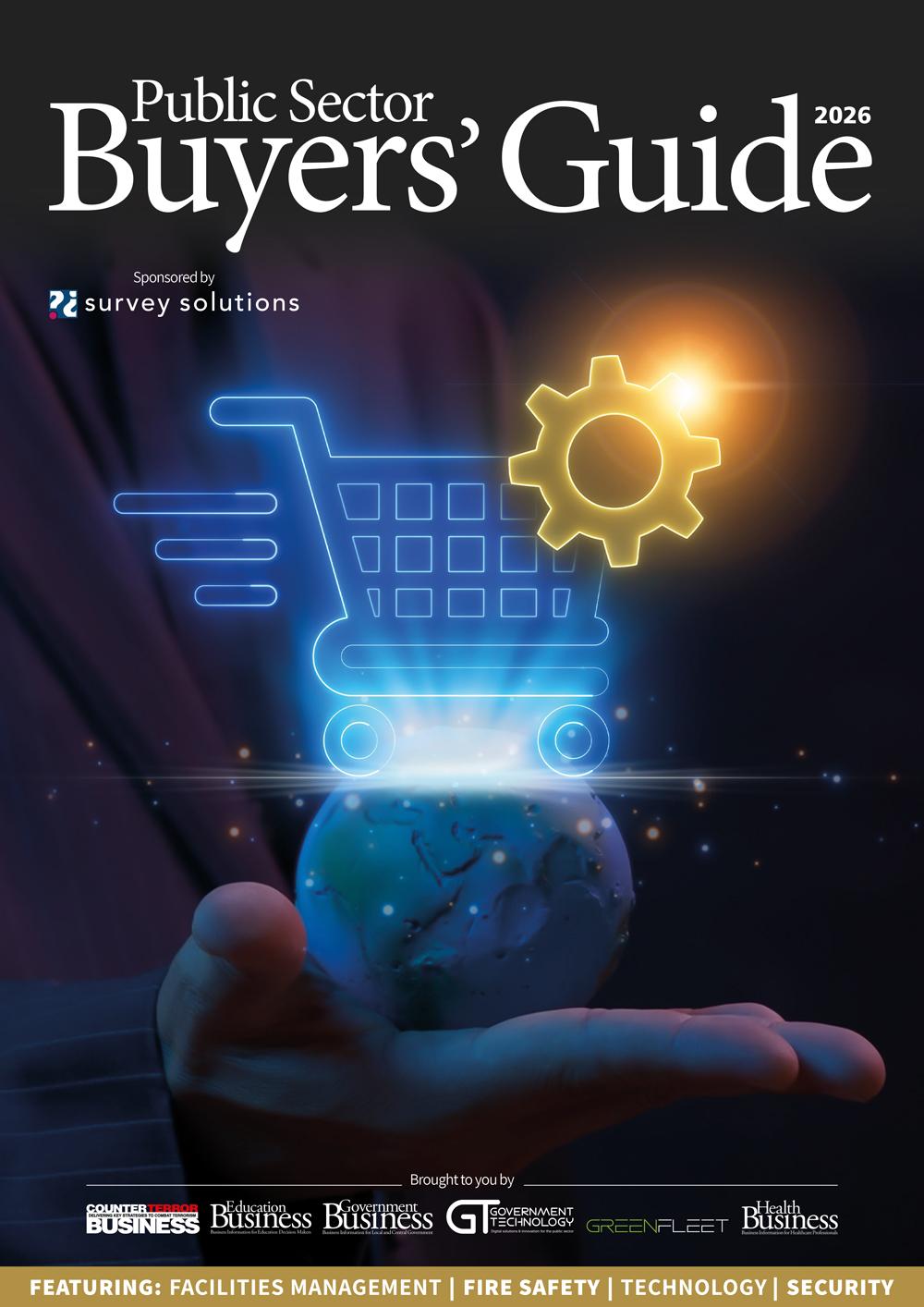Health Education England has published the first roadmap to the use of artificial intelligence in the NHS looking at its workforce impact.
The report aims to understand the use of AI and data-driven technologies that currently exist in the healthcare system, the uptake of these new technologies and the impact on the workforce, specifically looking at how long AI projects will take to implement, how the different types of technology are distributed throughout the health service, what clinical areas are using AI and which parts of the workforce use AI the most.
The report found that diagnostic technology, such as those used in imaging, pathology and endoscopy, was the most common use of AI in healthcare (34 per cent share), followed by automation/service efficiency, P4 medicine, remote monitoring, therapeutic and other. Additionally, 56 technologies are estimated for a large-scale deployment within a year, with 77 per cent of these technologies used in secondary care, 23 per cent in primary care and seven per cent in community care.
A total of 155 workforce groups across 67 clinical areas were identified to be using AI technologies, with the most affected groups found to be medics in clinical radiology and general practice as well as non-clinical admin staff.
The report aims to expand on the legacy of the Topol review and providing a framework on how to identify and classify AI technologies. https://topol.hee.nhs.uk/
Dr Hatim Abdulhussein, Clinical Lead for the Digital, Artificial Intelligence and Robotics Technologies in Education (DART-Ed) programme at Health Education England, said: “The AI Roadmap is an invaluable asset in helping to understand the AI and data driven landscape in healthcare, and the implications this will have on our staff and learners.
“It is important we achieve transformation through emerging technology, helping scalability to improve patient care throughout the country, and can understand impact on the system, pathways, and users. We need to ensure the workforce is ready to support this aim and the insights from this roadmap will focus our efforts on education and training to achieve this.”


